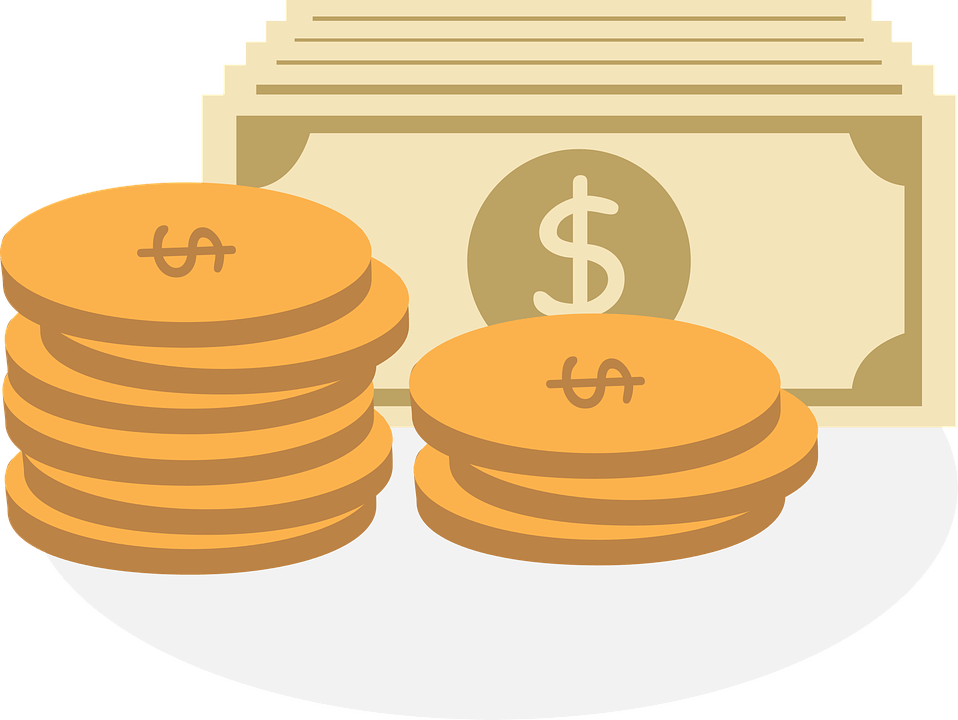Understanding Loan Terminology – Beginner’s Guide
by Mashum Mollah Loans & Credit Published on: 31 July 2018 Last Updated on: 08 May 2025

Sometimes even the most intelligent person is flummoxed by some awkward loan terminology or confusing term. When it comes to financing, there are plenty of buzz words flying about. If you are applying for a loan, you need to ensure that you know what is in the small print, and exactly what is being said, so that you fully comprehend the loan you receive.
What are the consequences of not understanding some terms? Well, the risk is quite high that you’ll receive a loan that costs you a lot more than another one on the market. You might not get the best loan for you. There are so many loans out there that you will want to ensure you get the very best deal for you. You can do this by a) shopping around and comparing products and b) spotting up on loan terminology so that you fully understand each loan product.
Understanding Loan Terminology – Beginner’s Guide
Here are some terms you will want to know before applying for a loan:
Personal loan:
OK, we start with a basic one, but many people don’t know what differentiates a personal loan from other types of loans, like mortgages, credit cards or car finance. Wonga explains things very simply on their website (many reputable loan providers will have guides and calculators on their website,) they say: A personal loan, also referred to as an installment loan, is an advance of credit from a lender typically over a period of 2-6 months. The loan is repaid via several pre-scheduled payments (or ‘installments’) across the duration of the agreed loan period. Typically, personal loans last for up to 6 months with a maximum loan amount of R4000 for new customers. However, this will vary based on your provider.
APR:
Moneyfacts summarise APRs well; Short for Annual Percentage Rate, it’s a legal requirement for the APR to be shown for these products so that an easier and fairer comparison can be made. There are also two types of APR, your personal APR, and the representative APR (formerly known as Typical APR). A personal APR is what you will pay, including all interest and fees. A Representative APR is an advertised rate that a minimum percentage of customers will pay. Be careful about this as this can be an area where many people get confused.
Early repayment penalty– Some loan companies don’t like you repaying early so they imply a penalty fee for this.
Interest rate – This is the percentage at which interest is charged on the loan. This can be fixed or variable.
Borrower– This refers to the person taking out the loan, and due to repay it, i.e you.
Lender – This refers to the loan company that is lending you the money.
Default – If you default on a payment, it means you have missed a repayment. This could have a serious impact on your credit file.
Credit file – Everyone has a credit file. It is essentially an assessment of the credit-worthiness of the borrower, based on their borrowing and repayment history.
There are plenty more guides online that can help you with understanding terms if you come across other wording which appears confusing. You can also ring the loan company directly to discuss this with them. Any reputable company will be happy to help and talk you through it.
Read Also:



































































































